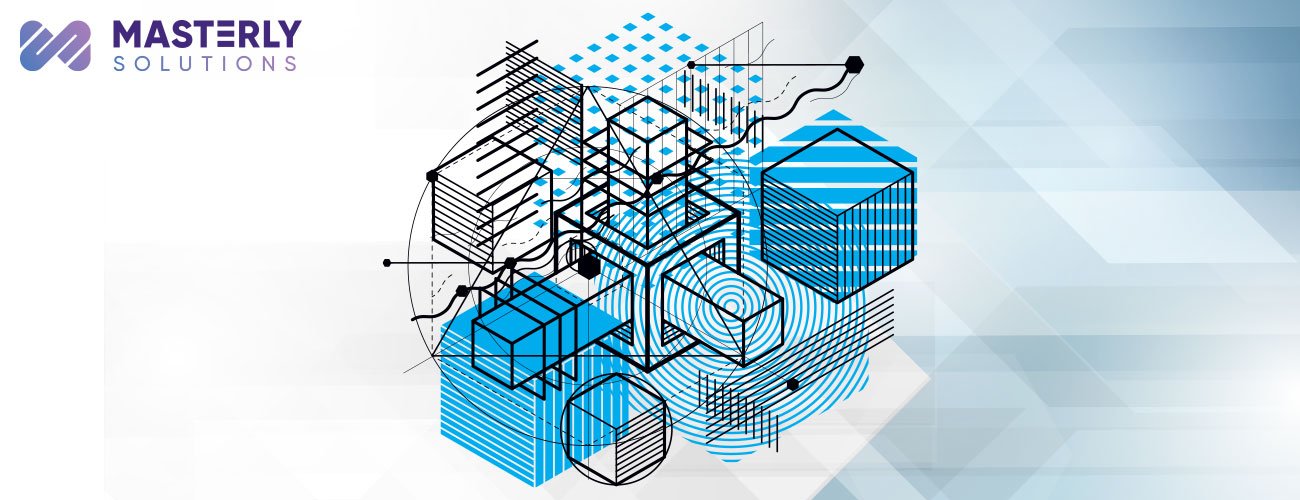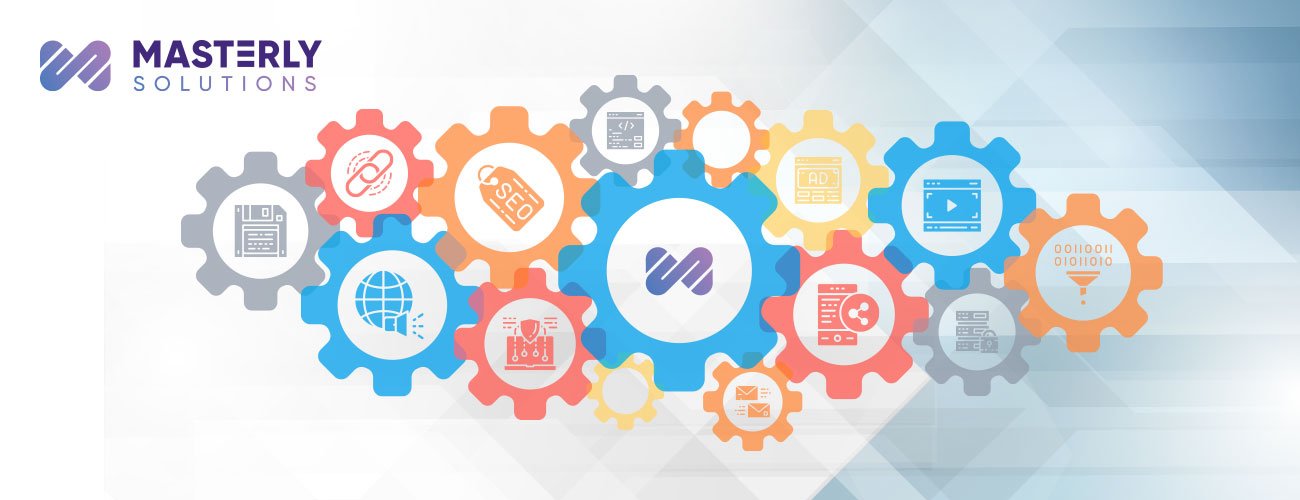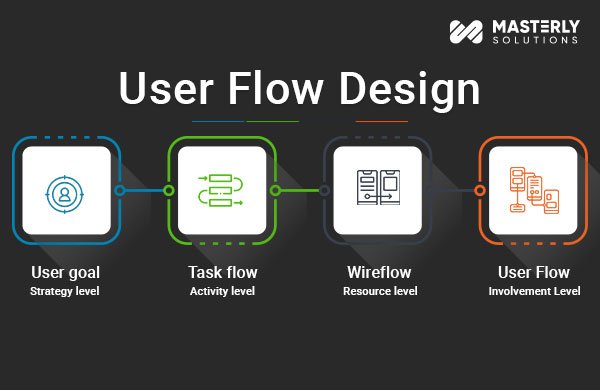
Technology is an essential part of every company’s reliability. And we almost definitely do all of our production, documentation, and communication through the internet. And that’s when infrastructure management enters the picture.
Table of Contents
Introduction:
It is the process of managing the physical and technological infrastructure of an organization including its hardware, software, networks and facilities.
This involves ensuring that all infrastructure components are functioning properly, optimizing their performance and planning for future growth and expansion.
The primary goal of infrastructure management is to provide a reliable and stable foundation for an organization’s technology operations, allowing it to support its business objectives.
It includes monitoring, maintaining and upgrading IT infrastructure components as needed, as well as implementing policies and procedures to ensure that systems are secure and compliant with relevant regulations. You can contact best software development company who offers the best infrastructure management service which suits your organization needs.
Let’s move further by acknowledging the features and roles of an effective infrastructure management:
What is the key feature of infrastructure management?
The key feature of managed infrastructure is to ensure that an organization’s physical and digital infrastructure is maintained, optimized and aligned with business objectives.
Infrastructure Management Services Roles and Responsibilities:

Typically it includes tasks such as planning and designing infrastructure, implementing and deploying new technology, monitoring and maintaining systems and equipment, troubleshooting and resolving issues and upgrading and scaling infrastructure as needed.
It also involves managing costs and ensuring that infrastructure investments align with the organization’s strategic goals.
Effective business infrastructure management is critical for ensuring that an organization’s technology and physical assets are reliable, secure and available to support the organization’s day-to-day operations and long-term growth.
The system involves managing and maintaining a wide range of assets such as servers, networks, databases, applications, storage systems, buildings and equipment.
It helps to optimise infrastructure performance and minimize downtime and disruptions, ultimately helping the organization to improve efficiency, reduce costs and increase competitiveness.
What are the five components of infrastructure?

Infrastructure typically refers to the underlying systems and facilities that enable a society, economy or organization to function effectively.
The five main components of infrastructure are:
- Hardware
- Software
- Data Management
- Network infrastructure, and
- Information systems
These five components of infrastructure management software are interdependent and interrelated, and together they form the backbone of any modern society, economy or organization.
What is the scope of infrastructure management?

It is an important aspect of any organization as it ensures the smooth functioning of the organization’s IT systems and networks.
It involves the use of various tools and techniques to manage, monitor and maintain the IT infrastructure in order to provide a secure and reliable environment for users.
The scope extends beyond just traditional IT infrastructure such as servers, networks and storage systems.
It also includes cloud technology services, mobile computing devices, and other emerging technologies.
Effective advanced infrastructure can help ensure that an organization’s IT systems are reliable, secure and cost-effective enabling it to maximize its technology investments and deliver value to its stakeholders.
Infrastructure Management Challenges:

The framework involves a number of challenges such as keeping up with technological change, ensuring proper security measures are in place to protect data and systems.
It also comes with its own set of challenges such as cost optimization, resource utilization management and scalability.
Furthermore, it requires a well-defined infrastructure management lifecycle that includes planning and design phase followed by implementation and maintenance phase before finally reaching end-of-life phase.
Also, it cares to ensure that all components are functioning optimally to meet user demands.
Additionally, it must be able to identify potential risks, address security concerns and ensure compliance with industry standards.
But have you ever wondered what can be the benefits of having effective infrastructure management for your organization? Here we will discuss it further.
Benefits of IT Infrastructure Management:

The first and foremost benefit: it is very beneficial for businesses because it helps them to stay competitive in an ever-changing market.
By having a well-managed infrastructure, companies can quickly respond to changes in the market and make sure they have the right resources at the right time.
It helps organizations ensure that their resources are used efficiently and effectively in order to achieve their goals.
Additionally, it also helps them keep their costs down as they can make better use of existing resources instead of investing in new ones.
Infrastructure Management Lifecycle:
The infrastructure management lifecycle provides a comprehensive framework to help organizations manage their infrastructure in an efficient manner by breaking down its components into manageable pieces.
This life cycle includes planning, designing, deploying, maintaining and optimizing’s all aspects of an organization’s IT infrastructure to ensure optimal performance and cost-effectiveness.
It also provides a framework for addressing these challenges by outlining the steps necessary for successful implementation:
- Planning and design
- Deployment and configuration management
- Monitoring and
- Maintenance
By following this lifecycle approach organizations can ensure that their IT infrastructure is properly managed for optimal performance.
Further understanding of infrastructure management:
Infrastructure management activities may involve strategic planning, budgeting and forecasting to ensure that an organization’s IT infrastructure is aligned with its overall business strategy and can support its future growth and development.
In addition, the infrastructure management process may involve working with vendors and service providers to procure and manage external resources that can supplement an organization’s internal IT capabilities.
Moreover, an effective cloud IT management is also essential for the success of any organization as it helps to ensure that critical systems and processes are available and functioning properly.
It is an important factor in the success of any business and its goal is to ensure that the resources are used efficiently and securely.
Ultimately, infrastructure management is a key factor in ensuring organizational success and growth.
Closure:
Proper infrastructure management can provide numerous benefits to an organization. Network, hardware, software and remote it is a critical function for any firm that relies on technology to support its operations and achieve its goals.
Connect with info@masterlysolutions.com – one of the best Infrastructure Management Companies and get the most out of your resources with our industry-leading infrastructure management solutions.
FAQs
- User-Centric Data: Better understanding of user journeys across devices and platforms.
- Event Tracking: Comprehensive tracking of events and interactions.
- Predictive Metrics: Machine learning-generated insights for improved decision-making.
- Improved Privacy Controls: Addresses user privacy concerns.


